In a world where convenience often trumps consistency, building strength from home has become more than just a fitness trend—it’s a lifestyle. With no commute, no wait for machines, and no need for gym memberships, a well-structured at-home strength training program can deliver real, sustainable results—if you follow the right plan.
Why Strength Training at Home Works
Contrary to the myth that you need a gym full of equipment to see progress, strength training at home can be equally effective with the right approach. Bodyweight exercises, resistance bands, adjustable dumbbells, or a single kettlebell can become powerful tools for transformation. The key is having a progressive, structured home strength training routine that builds on consistency, overload, and form.
The Foundation of a Great Home Program
A successful strength training program at home needs to address all major muscle groups, emphasize recovery, and provide room for progression. The best programs balance push and pull movements, lower and upper body work, and include core stabilization throughout.
Here’s a simple weekly format:
Day 1 – Upper Body Strength
Push-ups, dumbbell shoulder press, bent-over rows, biceps curls, triceps dips.
Day 2 – Lower Body Focus
Squats, lunges, glute bridges, Romanian deadlifts (dumbbells), calf raises.
Day 3 – Core & Conditioning
Planks, side planks, mountain climbers, Russian twists, bird-dogs.
Day 4 – Full Body Power
Kettlebell swings, clean and press, burpees, squat to overhead press.
Day 5 – Active Recovery / Mobility
Stretching, foam rolling, yoga flow, or light walk.
This split allows for optimal recovery while targeting strength gains effectively.
What Makes the Best At-Home Strength Training Program?
The best at-home strength training program isn’t about complexity—it’s about compliance. Can you do it consistently? Does it progress with you? Are you actually getting stronger?
Look for a plan that includes:
-
Progressive overload – Reps, sets, or resistance increases over time
-
Mobility work – Injury prevention and recovery
-
Rest days – Recovery is when strength is built
-
Scalable options – For beginners through intermediate levels
Programs like this don’t just make you stronger—they build habits that stick for life.
Personal Insight: Starting Small, Staying Strong
When I first transitioned to training exclusively at home, it was out of necessity—tight schedule, no childcare, and limited space. I started with resistance bands and a pair of 15 lb dumbbells. The progress wasn’t instant, but it was steady. What mattered most wasn’t what I had, but how I used it. Over time, I built a garage gym, but the foundation of my strength was laid with consistency, creativity, and commitment—all at home.
The result? Better posture, more energy, and strength that carried over into daily life. It proved to me—and my clients—that the right weight training at home program doesn’t just build muscles. It builds confidence.
A Few Pro Tips for Home Success
-
Keep a log. Tracking your reps, weights, and how you feel is invaluable.
-
Schedule it. Treat workouts like appointments—non-negotiable.
-
Set up your space. Even a small, dedicated corner makes a difference.
-
Warm up and cool down. Don't skip it—your joints will thank you.
Final Thoughts
A great strength training at home program doesn’t rely on fancy machines—it’s powered by discipline, smart structure, and the will to improve. Whether you’re just starting out or refining your routine, there’s no better time to take control of your strength journey—right from your living room.
You don’t need more space. You need a plan—and the commitment to follow through. Start now, stay consistent, and the results will follow.



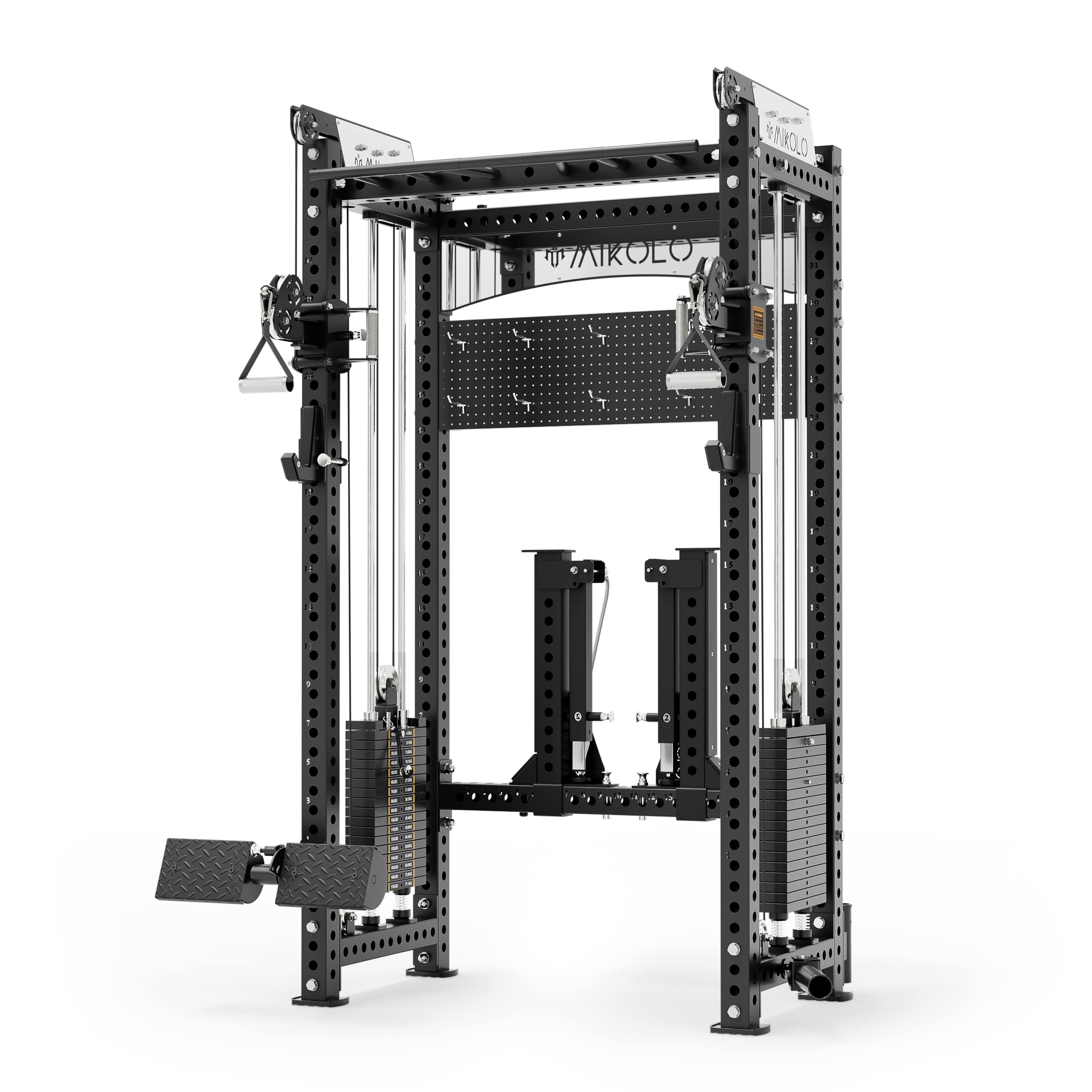

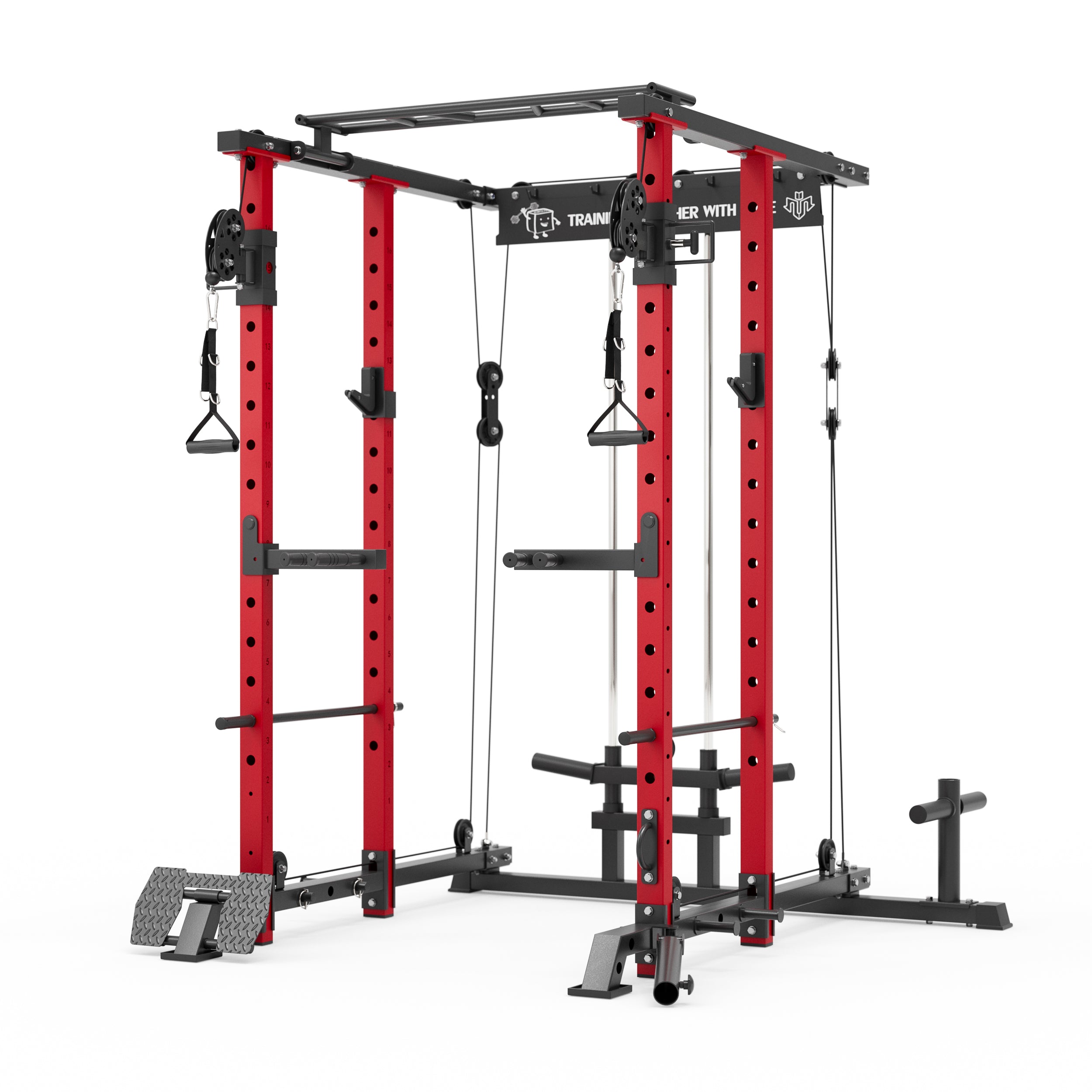



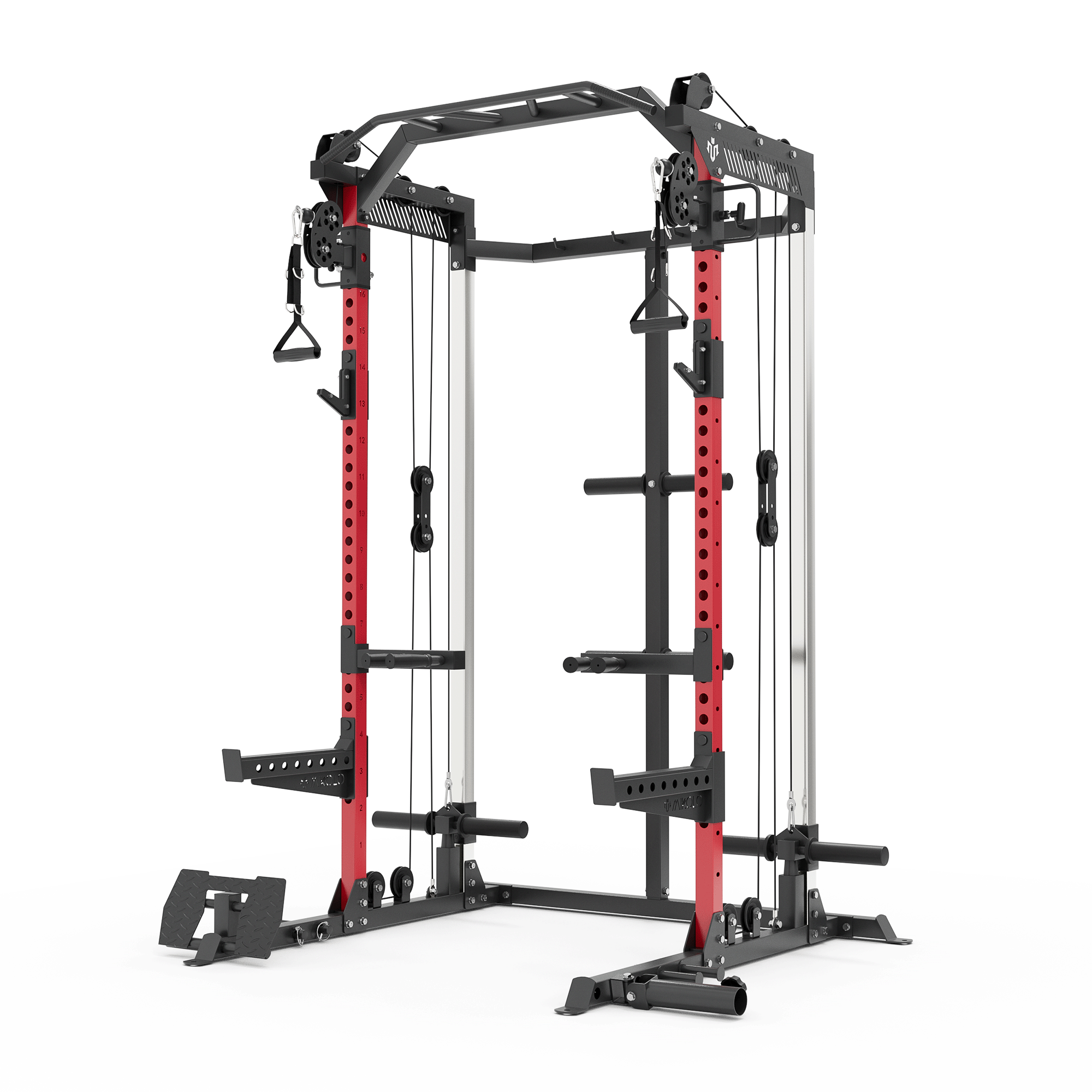
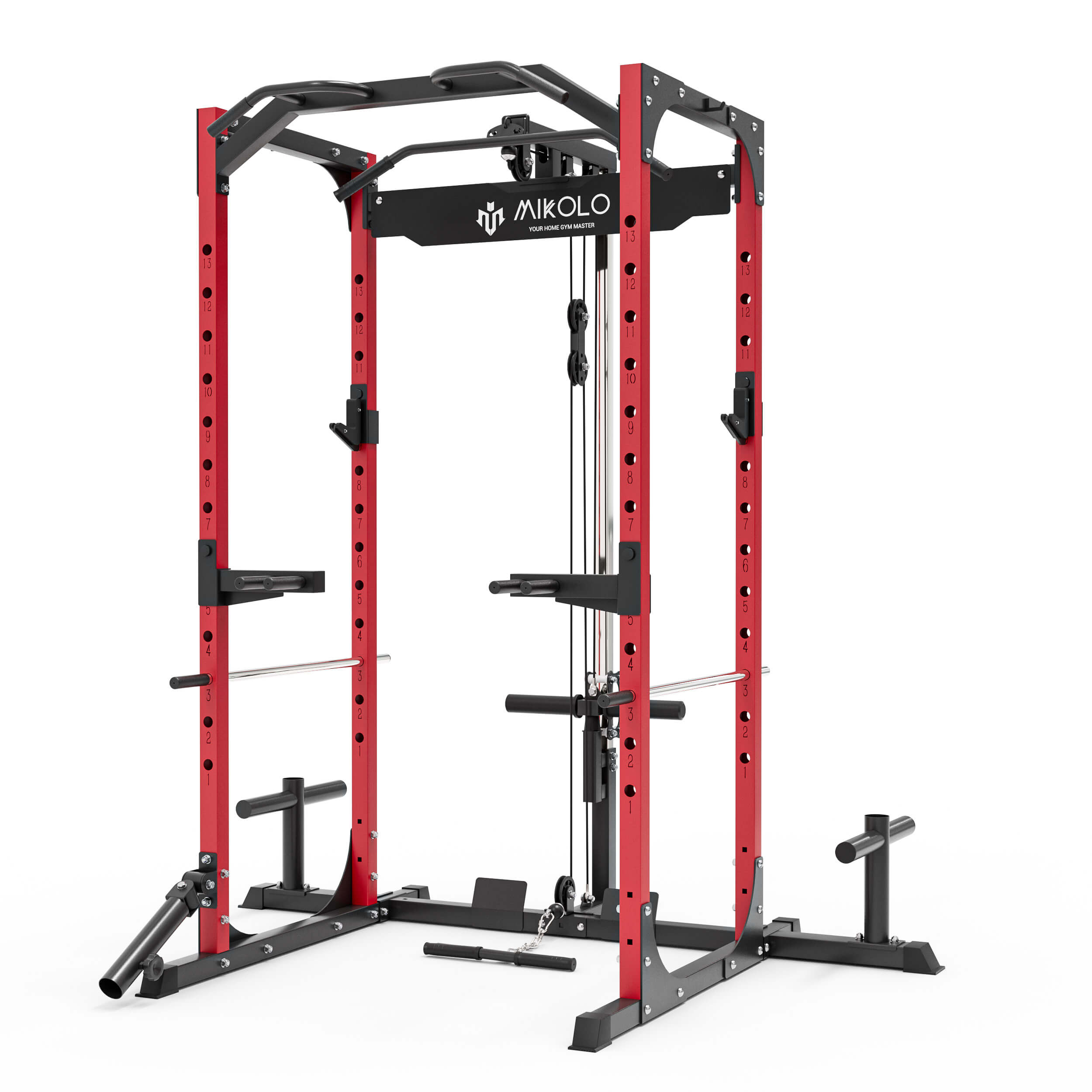




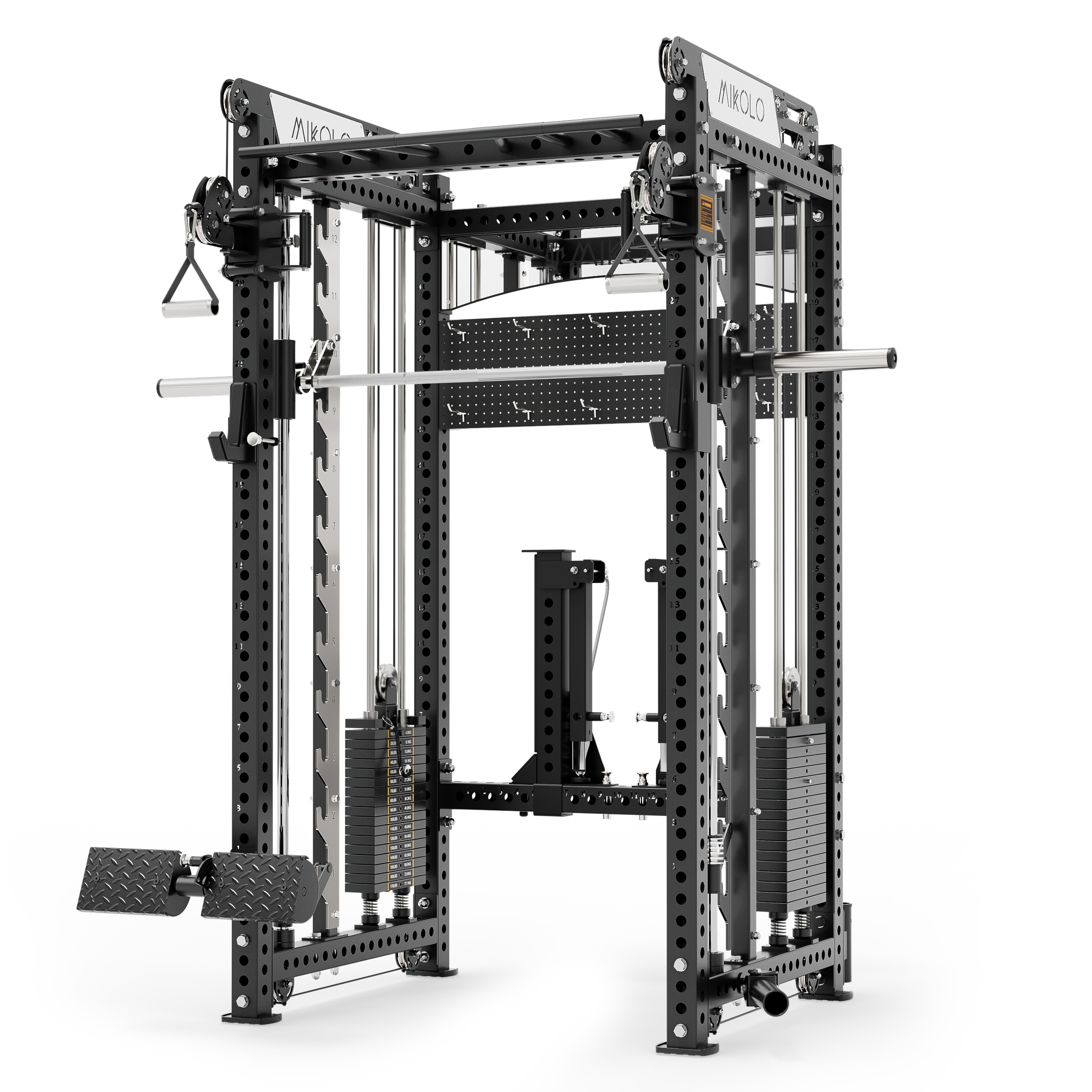

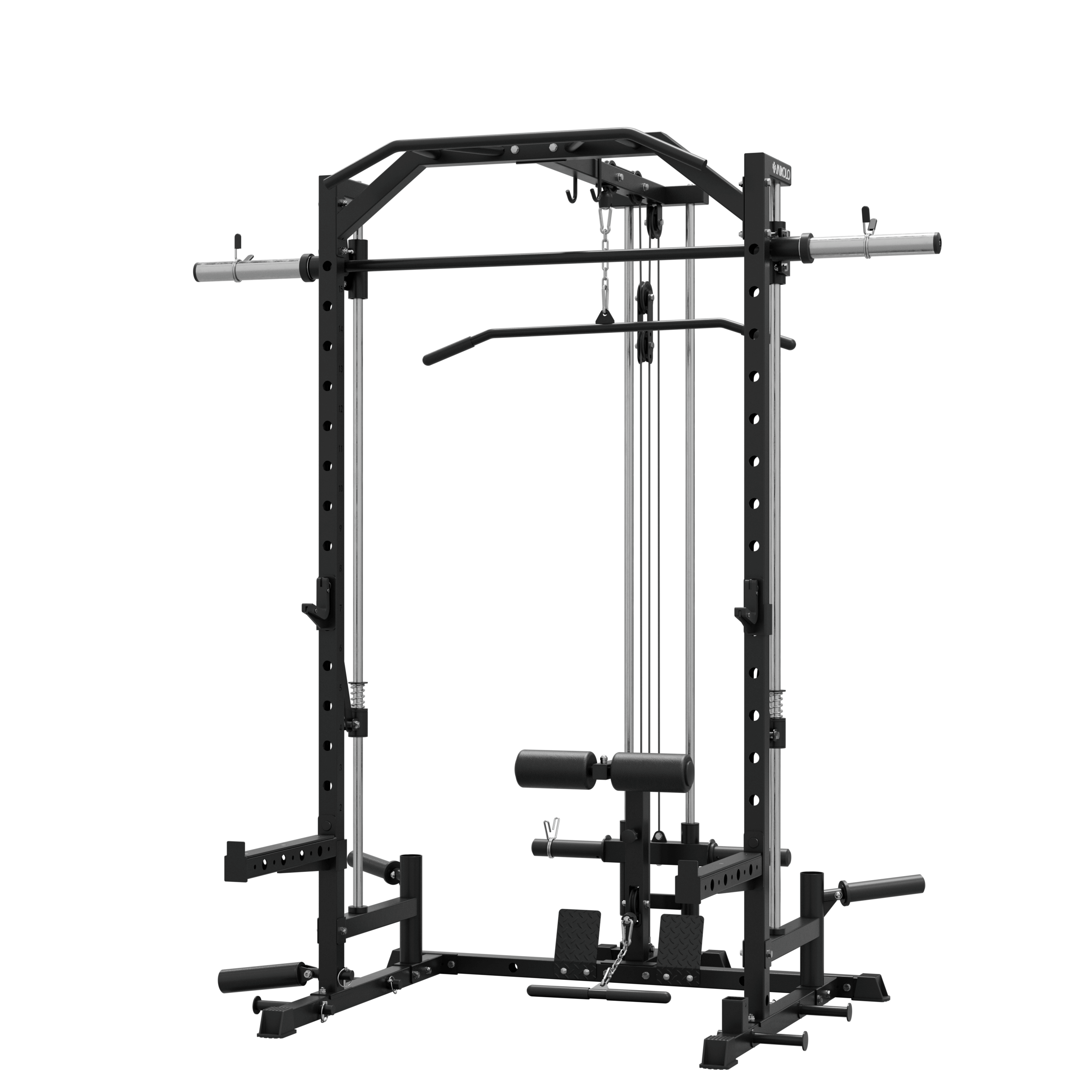
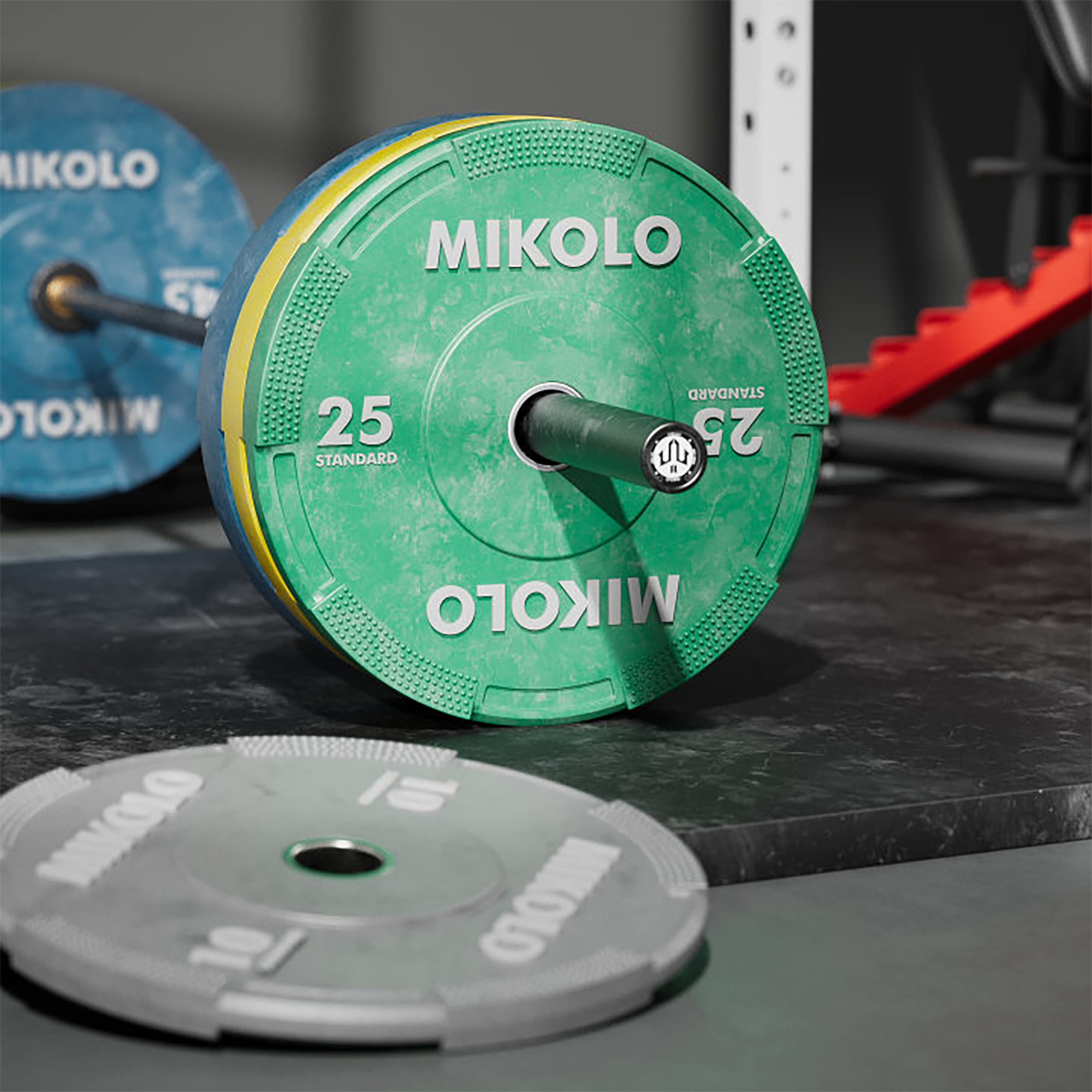
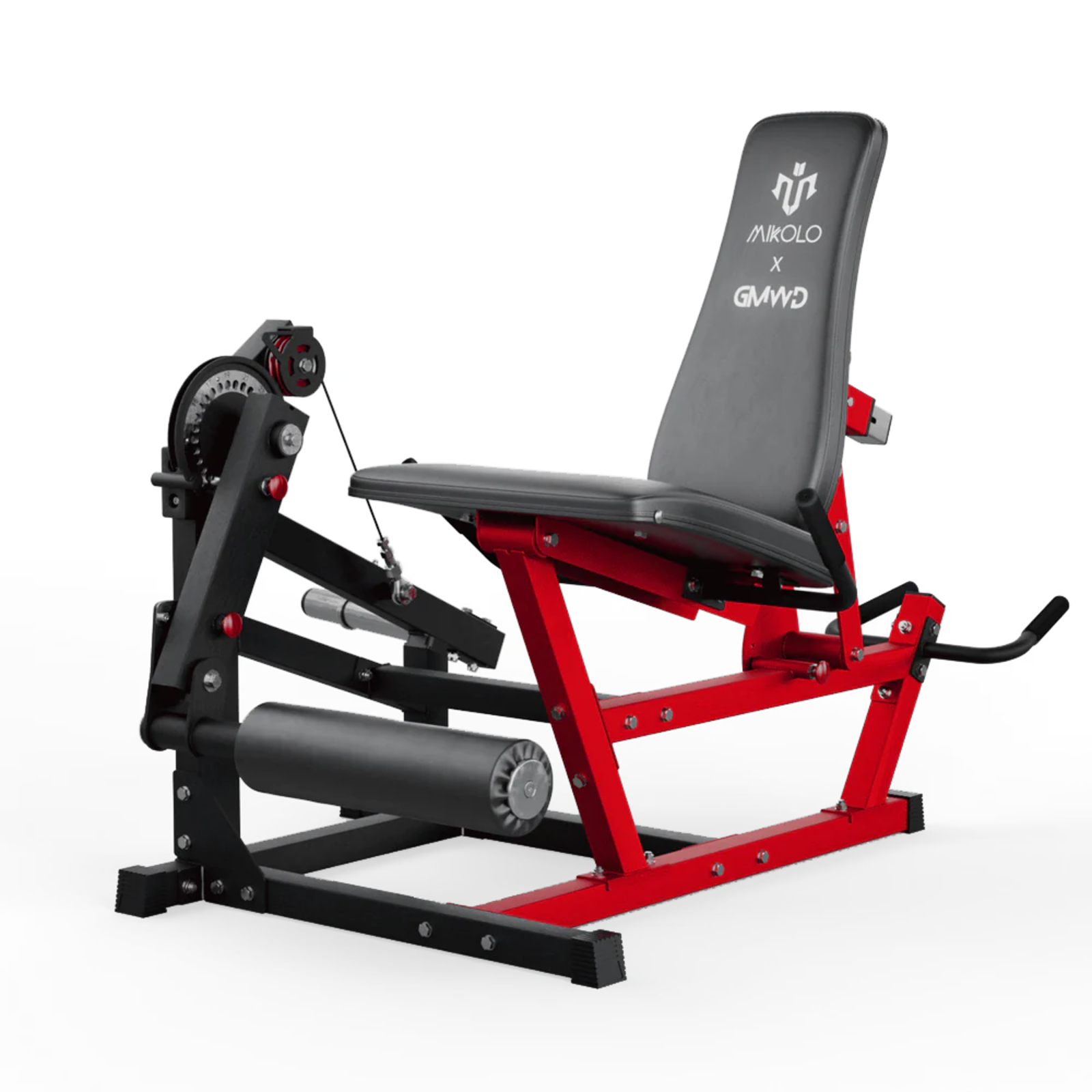

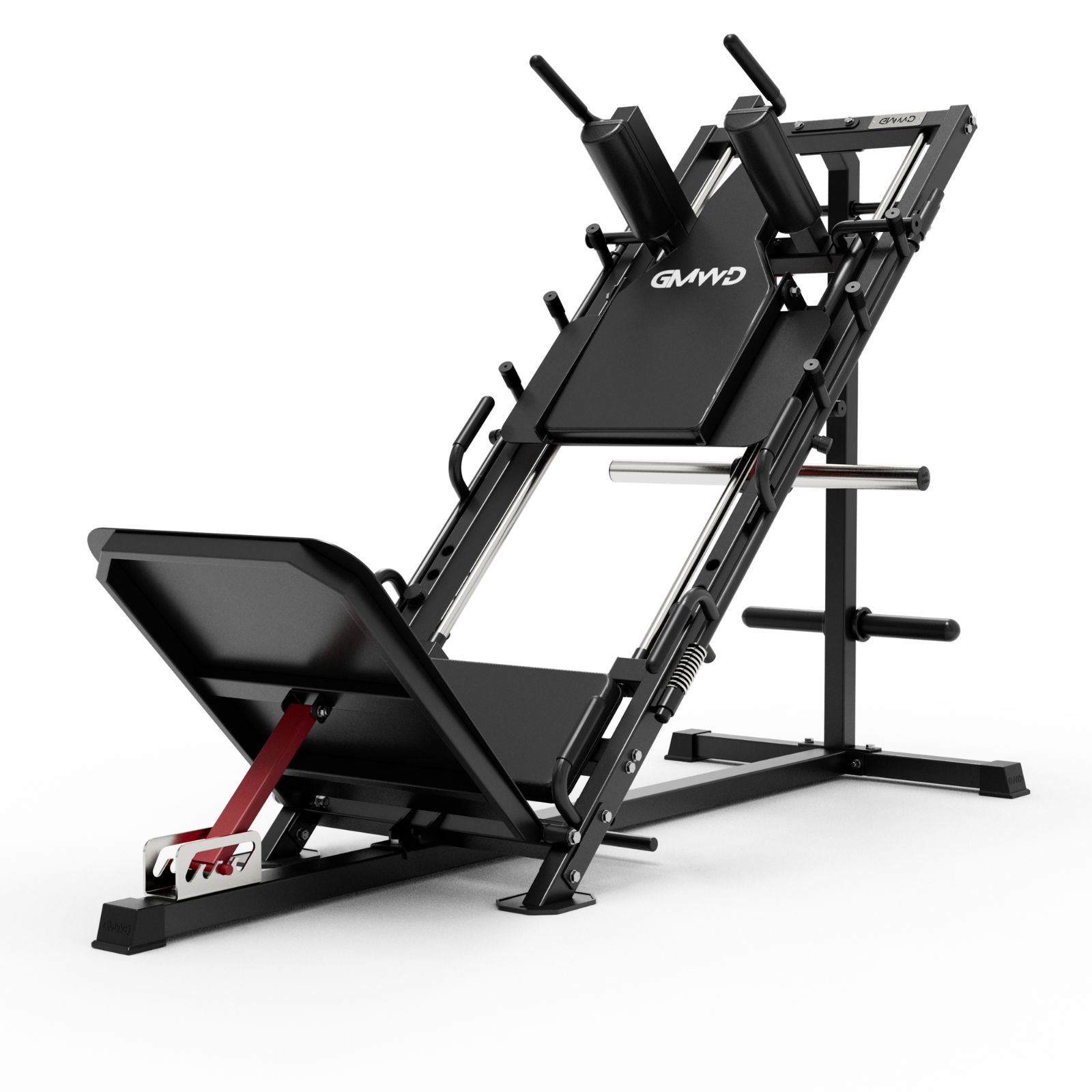


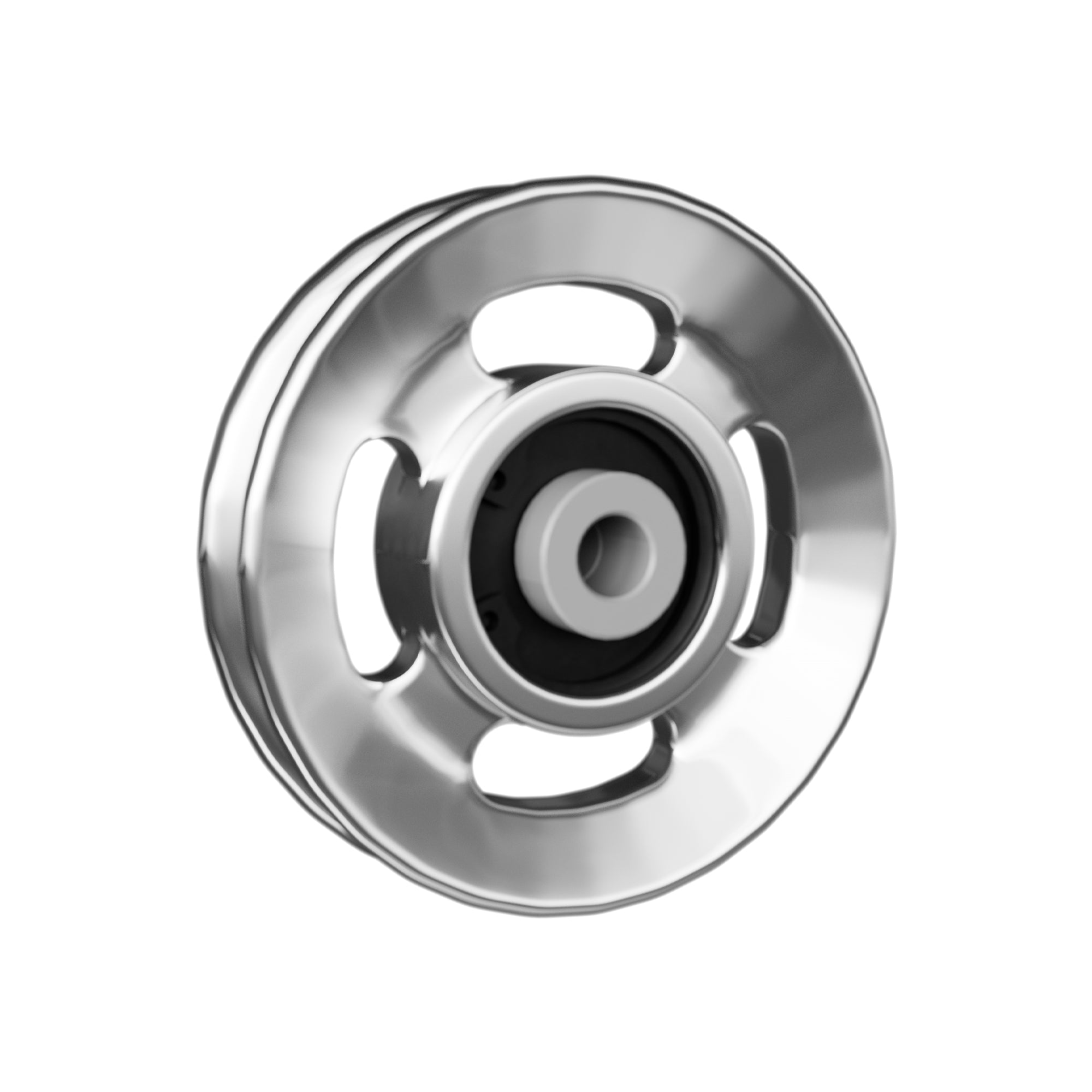
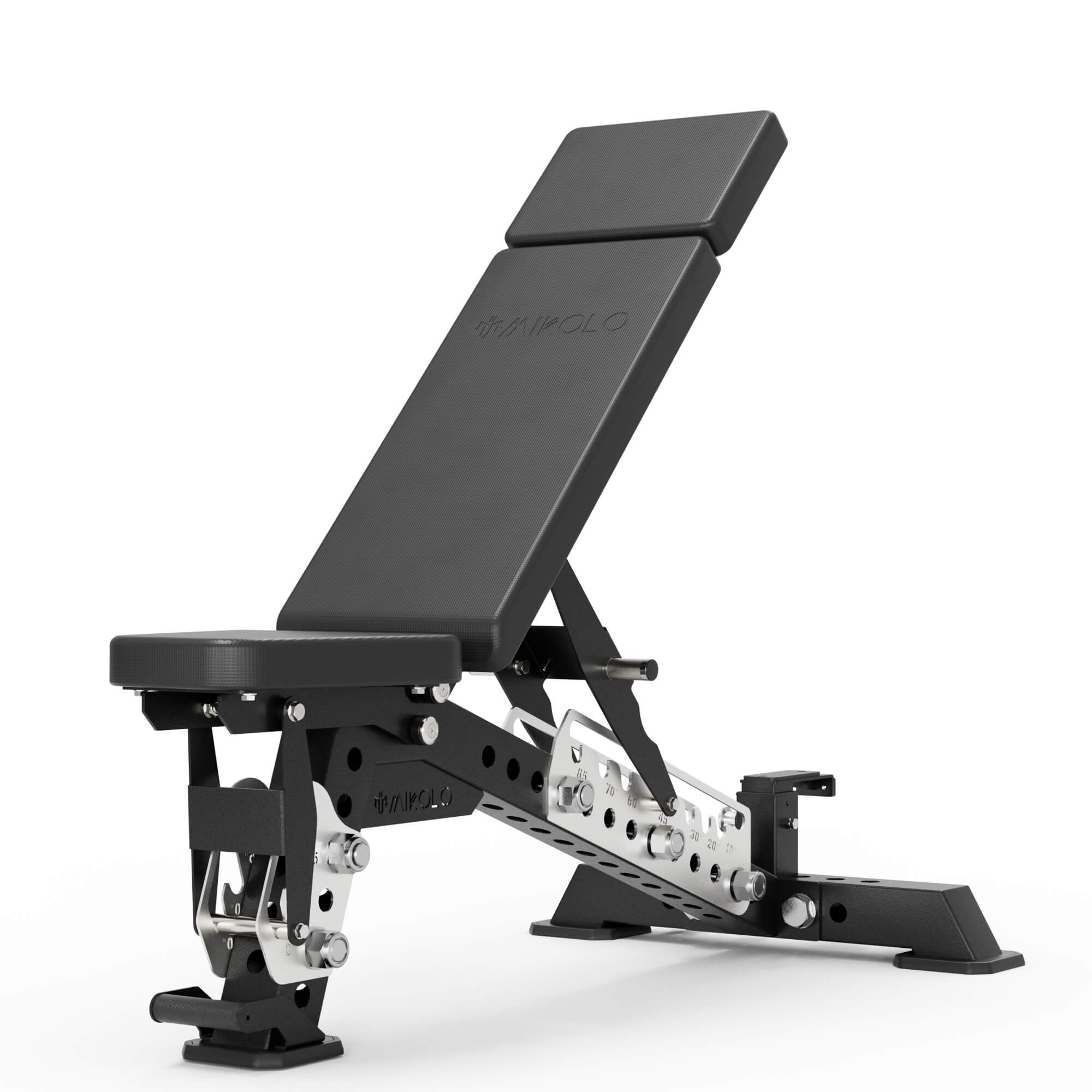
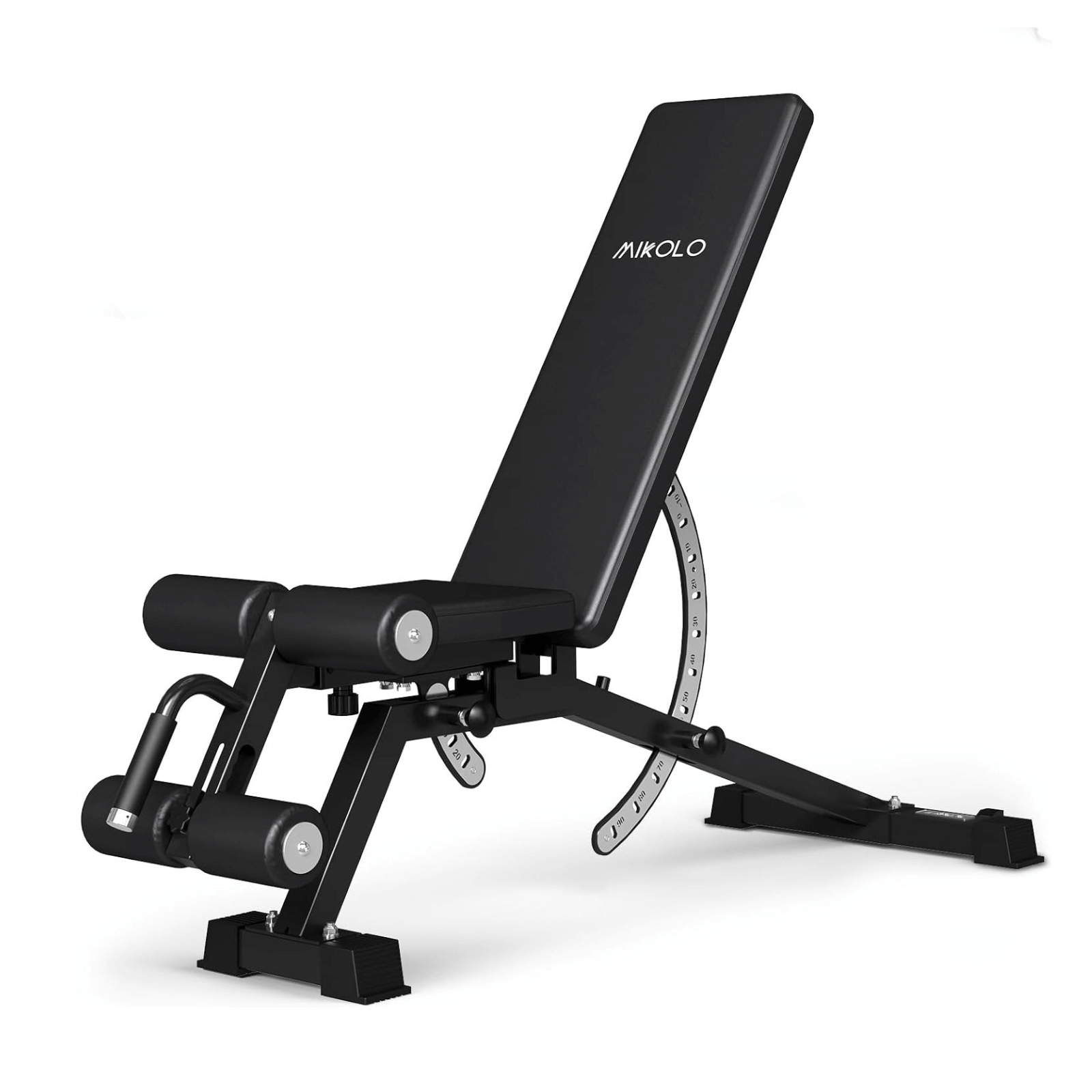


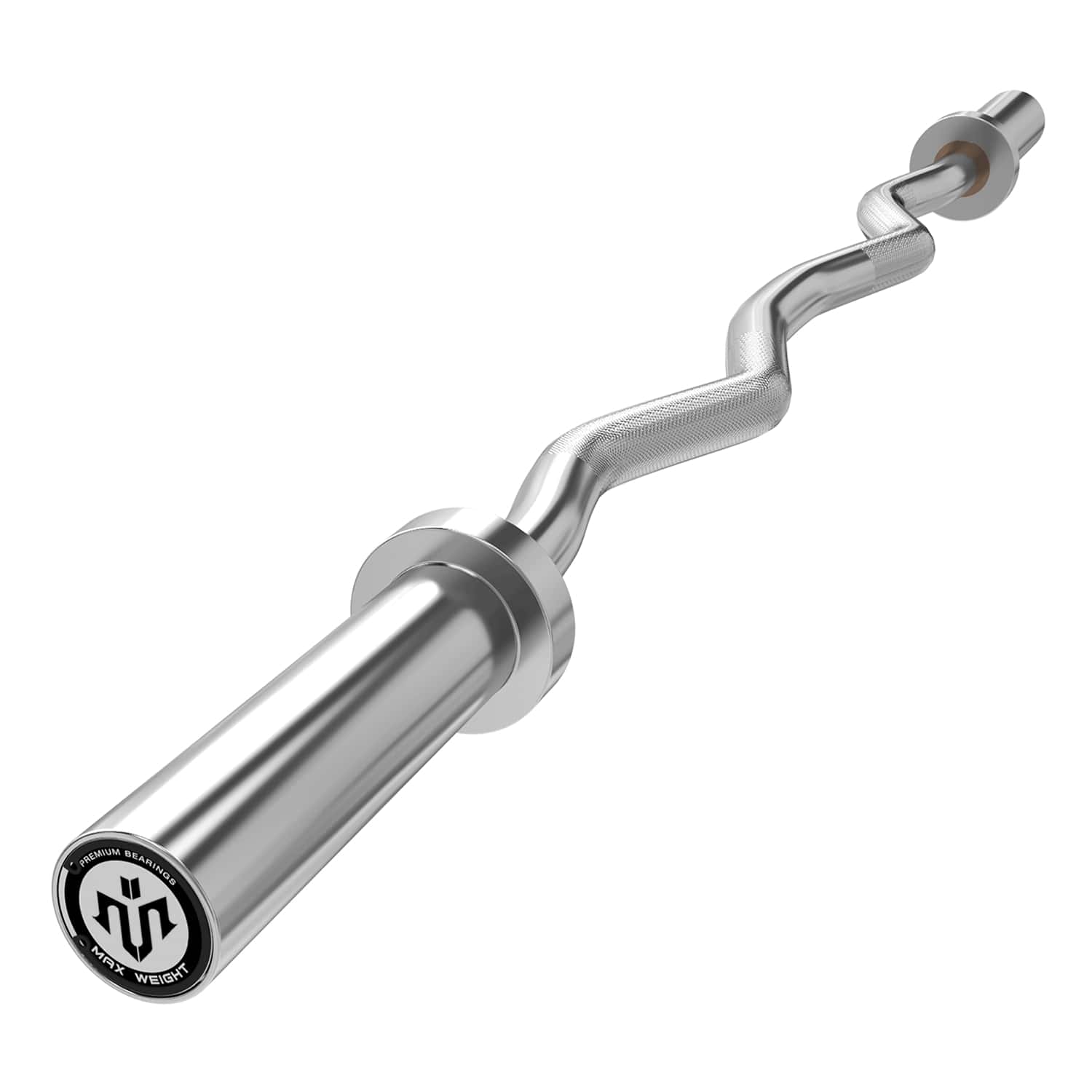

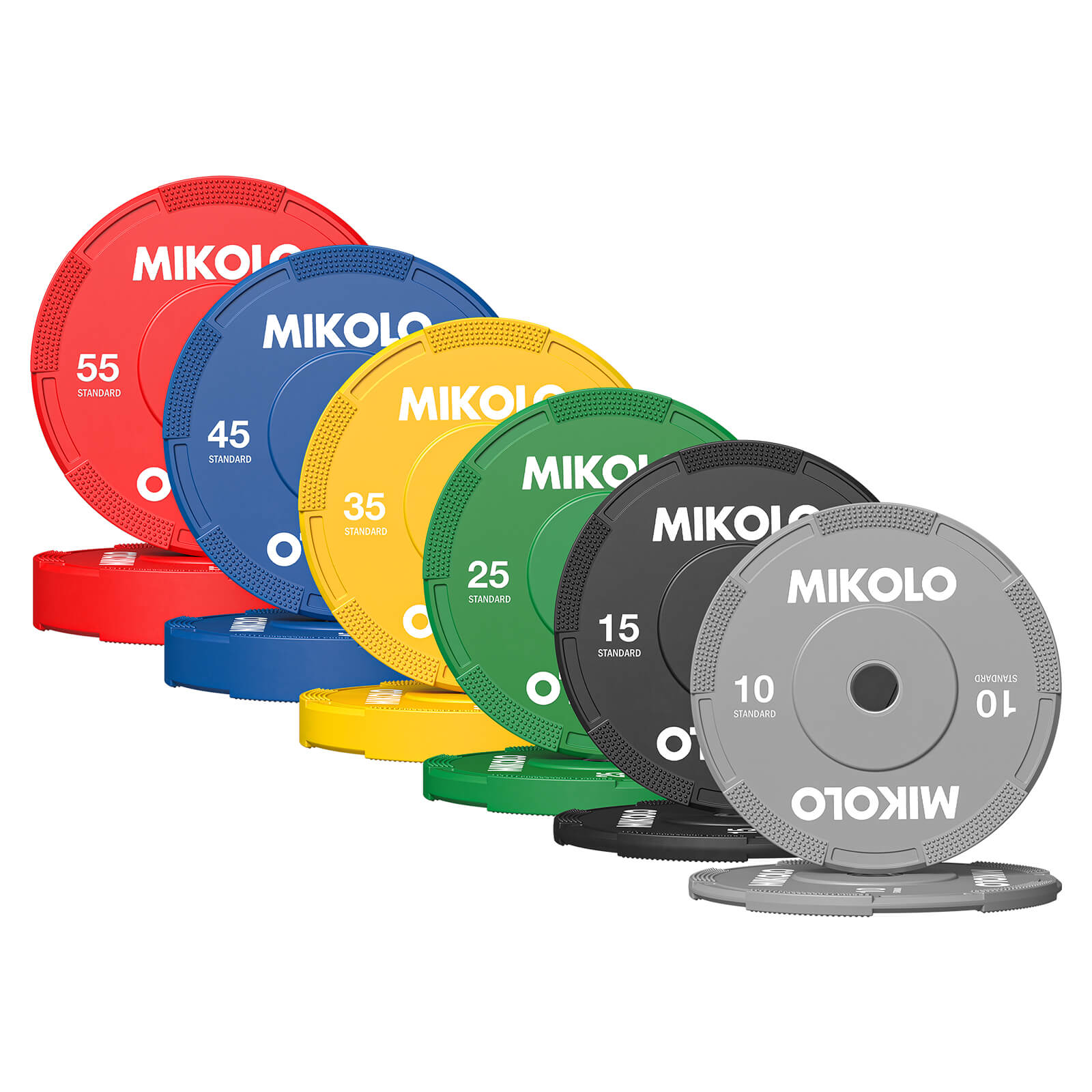
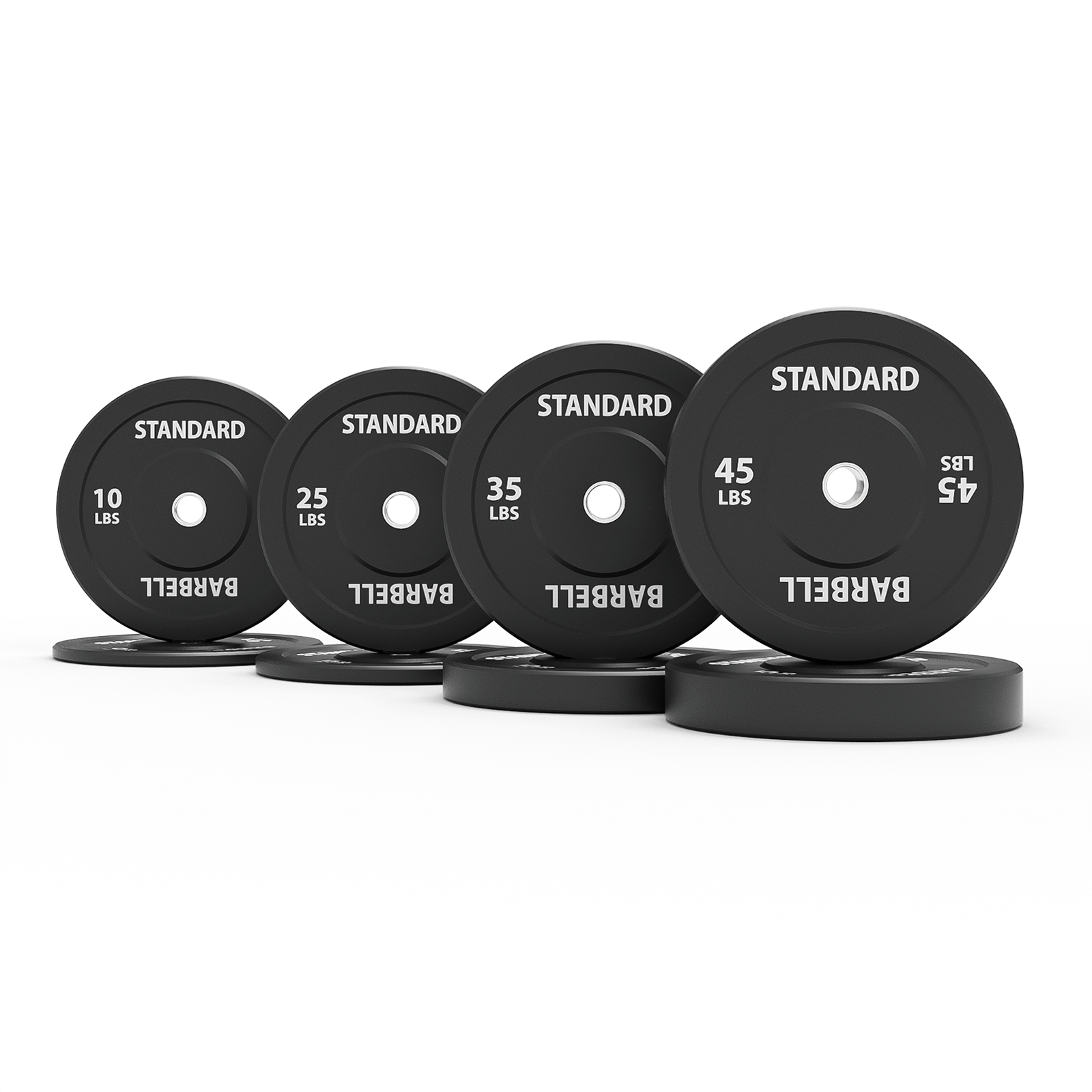
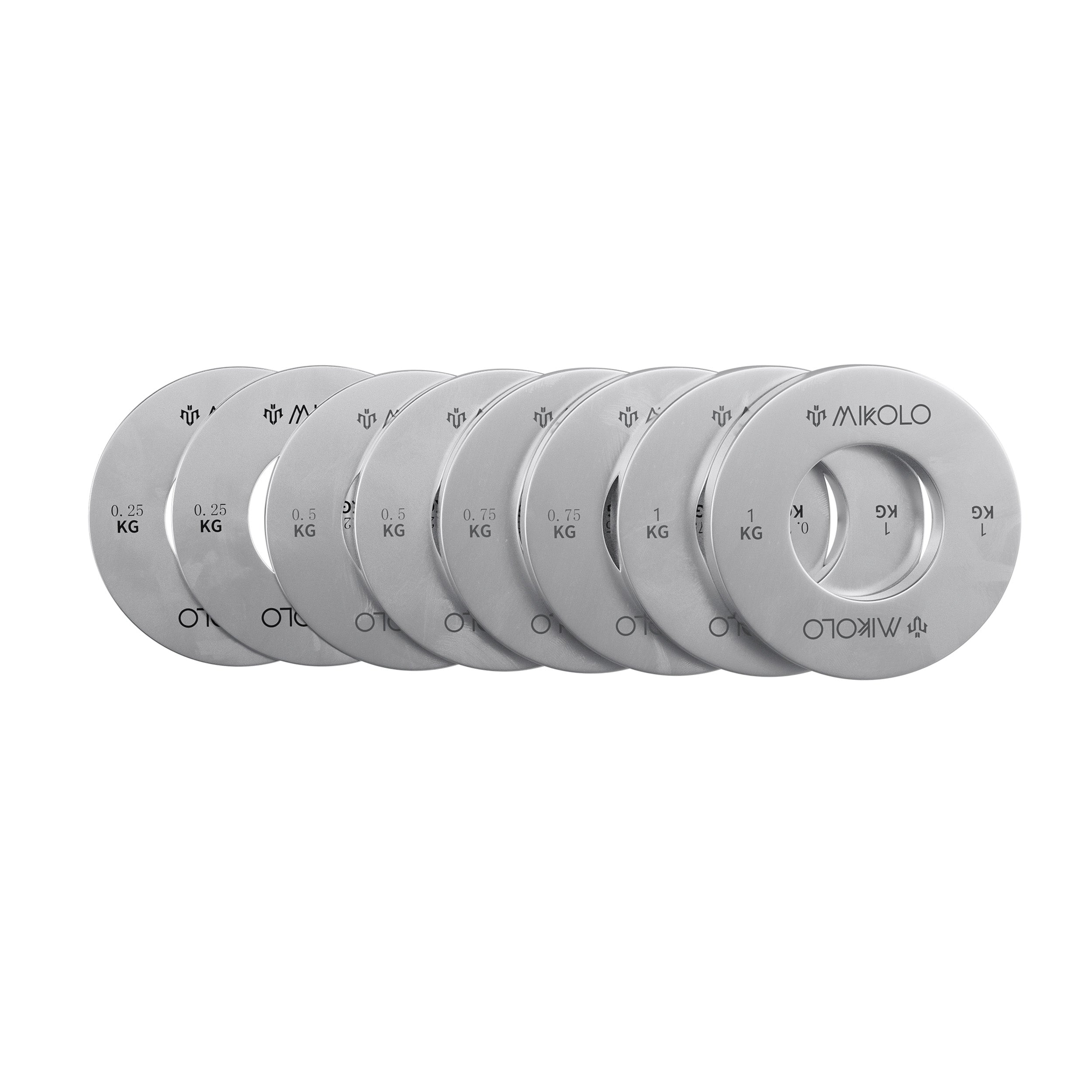



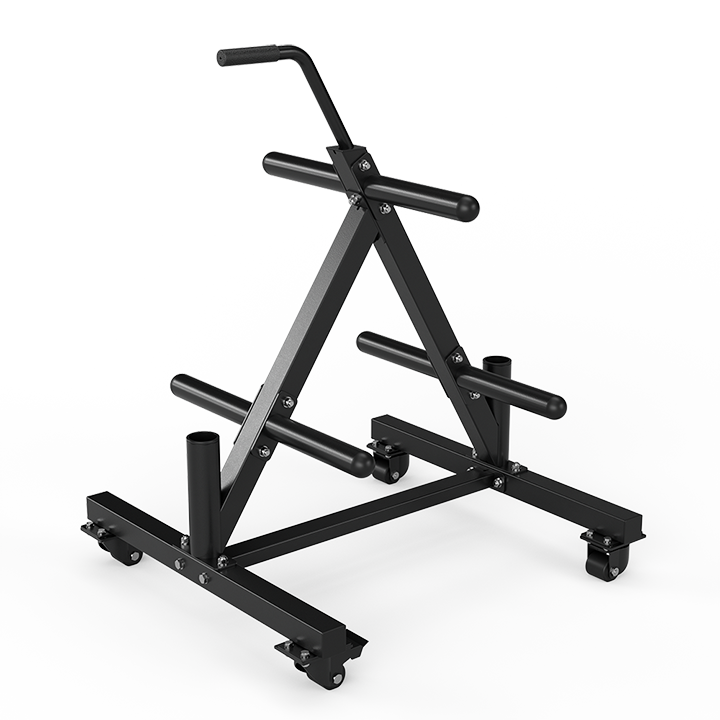





Leave a comment
This site is protected by hCaptcha and the hCaptcha Privacy Policy and Terms of Service apply.